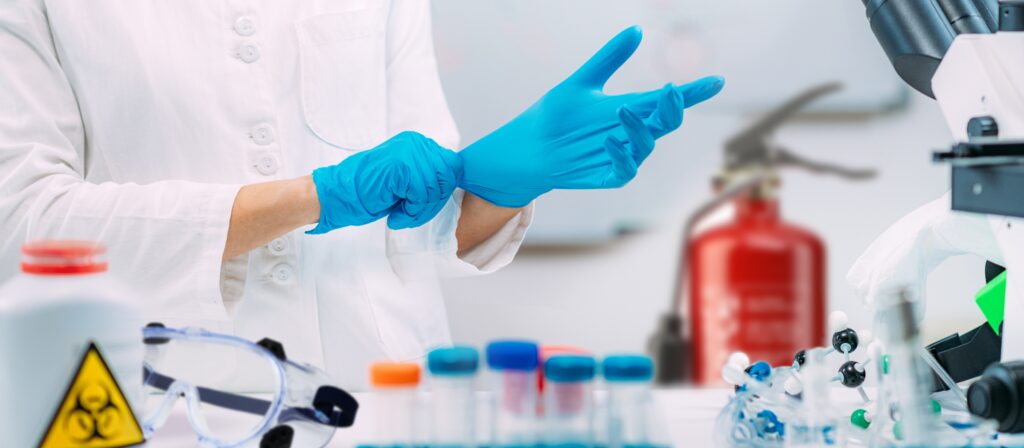In the realm of modern medicine, the significance of laboratory medical equipment cannot be overstated. These technological marvels serve as the backbone of diagnostic and analytical procedures, enabling healthcare professionals to uncover crucial insights into patient health and disease. Over the years, laboratory equipment has undergone remarkable advancements, revolutionizing the way medical tests are conducted and diagnoses are made.
The journey of laboratory medical equipment begins with the fundamental tools of analysis, such as microscopes and centrifuges. Microscopes, with their ability to magnify minute biological structures, have been instrumental in the discovery and understanding of various pathogens and cellular abnormalities. Centrifuges, on the other hand, play a vital role in separating different components of blood and other bodily fluids for further analysis. These foundational instruments laid the groundwork for more sophisticated technologies to follow.
With the advent of automation and digitalization, laboratory equipment has undergone a paradigm shift, leading to increased efficiency and accuracy in diagnostics. Automated analyzers, for instance, have streamlined the process of conducting complex biochemical tests by automating sample handling, reagent mixing, and result analysis. This not only reduces the likelihood of human error but also accelerates turnaround times, allowing healthcare providers to deliver prompt and precise patient care.
Furthermore, the integration of cutting-edge technologies such as robotics and artificial intelligence (AI) has propelled laboratory medicine into a new era of innovation. Robotic sample processors can handle large volumes of samples with precision and consistency, freeing up laboratory personnel to focus on more specialized tasks. AI algorithms, meanwhile, have demonstrated remarkable capabilities in analyzing vast datasets and identifying patterns that may elude the human eye, leading to more accurate diagnoses and personalized treatment plans.

In addition to improving diagnostic capabilities, Laboratory Medical Equipment has also played a crucial role in the advancement of medical research and drug development. High-throughput screening systems enable researchers to rapidly test thousands of compounds for potential therapeutic effects, expediting the discovery of new drugs and treatments for a wide range of diseases. Moreover, advanced imaging technologies such as magnetic resonance imaging (MRI) and positron emission tomography (PET) scanners provide researchers with detailed insights into anatomical structures and physiological processes, facilitating a deeper understanding of disease mechanisms.
As we look towards the future, the evolution of laboratory medical equipment shows no signs of slowing down. Emerging technologies such as lab-on-a-chip devices and point-of-care testing platforms hold the promise of bringing diagnostic capabilities directly to the patient’s bedside, revolutionizing the delivery of healthcare in both clinical and resource-limited settings. Furthermore, the ongoing convergence of nanotechnology, biotechnology, and information technology is paving the way for increasingly miniaturized and integrated laboratory systems, enabling greater portability, affordability, and accessibility.
